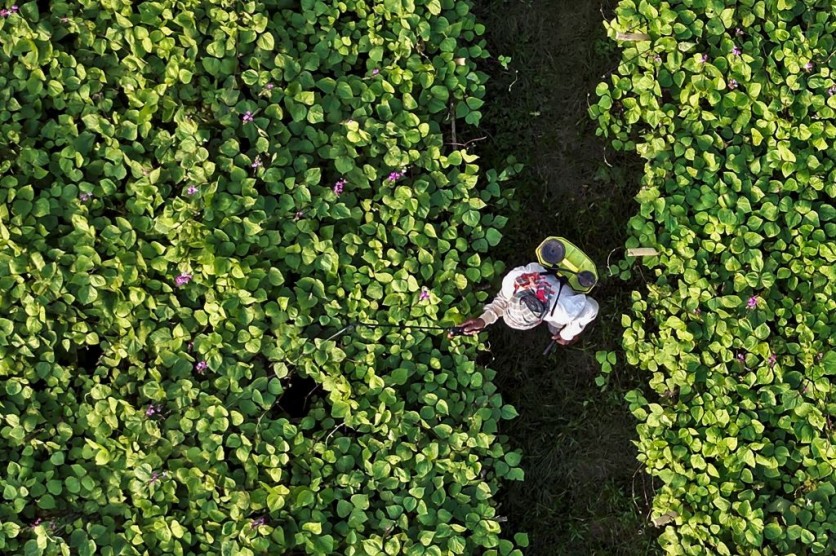According to the UN Food and Agriculture Organization (FAO), pests decimate up to 40% of the world's crops each year, resulting in economic losses of $220 billion. To address this issue, Trapview is using AI.
Trapview, a Slovenian company, created a device that identifies and catches pests and forecasts how they will spread to serve as an early warning system, reported first by CNN.

Largest Database of Insect Images
According to Matej Štefančič, CEO of Trapview and its parent company EFOS, they have created the largest database of insect images worldwide, enabling them to utilize modern AI-based computing vision most optimally.
Trapview aims to create quicker, more efficient treatments to help farmers protect their crops from particularly harmful pests like desert locusts, whose migration patterns are being disturbed by climate change.
Pests are drawn to the devices by pheromones, and a camera inside captures images of them. By comparing the photographs to Trapview's database, AI can recognize over 60 species, including the cotton bollworm, which can harm lettuce and tomatoes, and the codling moth, which attacks apples.
When an insect is detected, the system uses geographical and weather information to map out its anticipated effects and then notifies farmers of the discoveries via an app.
Štefančič noted that a single insect could occasionally raise the alarm. In other situations, hundreds of insects could be caught with little cause for alarm.
The optimal places and times to apply pesticides can be determined with the Trapview app as well. Štefančič claims that Trapview can greatly cut down the application of chemical sprays and the frequency of field visits by farmers.
He added that the technique could help the climate by lowering emissions caused by pesticide production and transportation and those produced by farmers traveling to their fields.
AI in Pest Control
CNN noted that Trapview isn't the only company employing AI to aid in pest control. The iScout insect trap and camera identification system was created by Pessl Instruments, and FarmSense's FlightSensor employs artificial intelligence to detect pests by listening to the sound of their wings beating.
According to Buyung Hadi, an agricultural officer at the FAO, solutions like Trapview's mark a departure from traditional pest control, which is frequently centered on reactive rather than proactive measures.
Since its 2012 inception, Trapview claims to have sold over 7,500 devices in more than 50 nations.
It has targeted the US, Italy, Spain, France, and Brazil while pursuing a wide range of crops such as tomatoes, grapes, cotton, sugarcane, brassicas, olives, and tree fruits.
Related Article : AI Can Now Determine Human's Response to Drug Compounds, Applicable for Medicine Development
This article is owned by Tech Times
Written by Jace Dela Cruz




